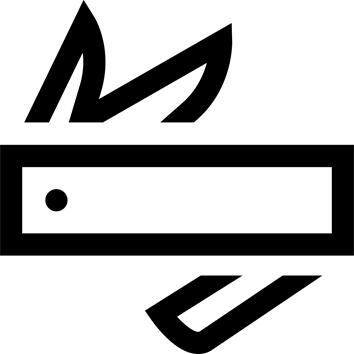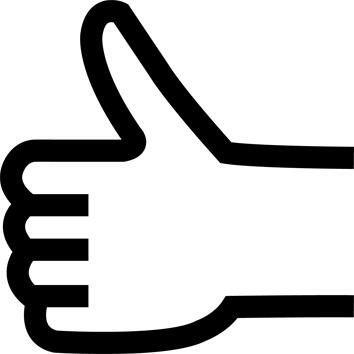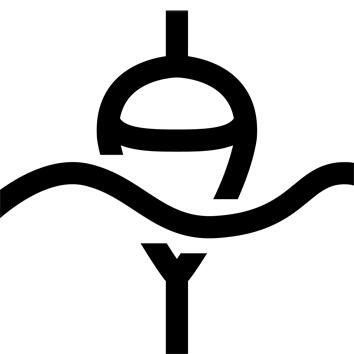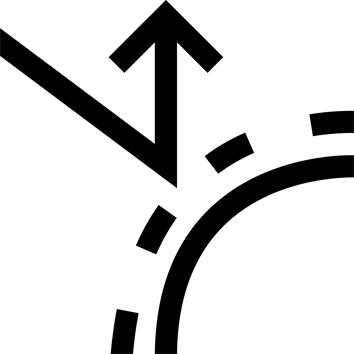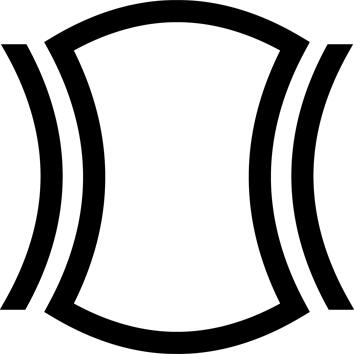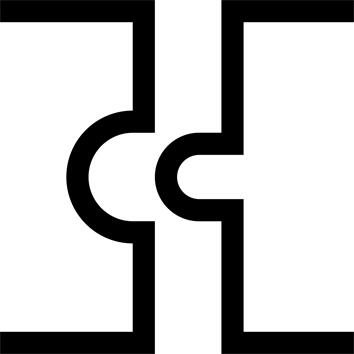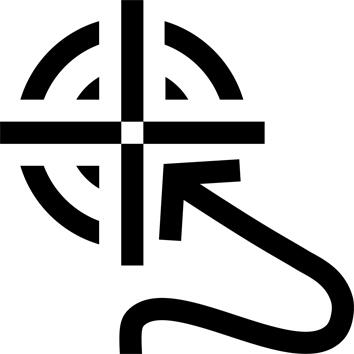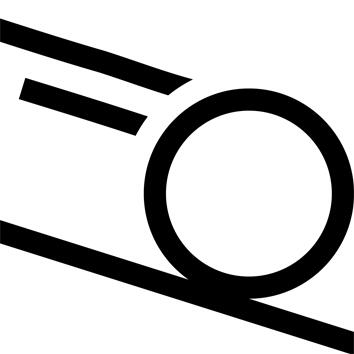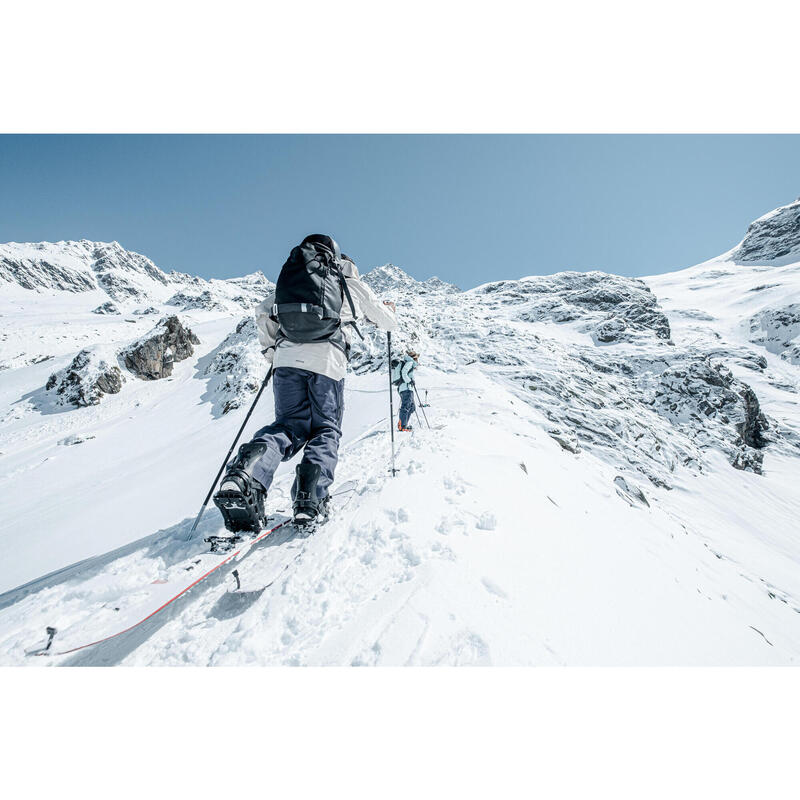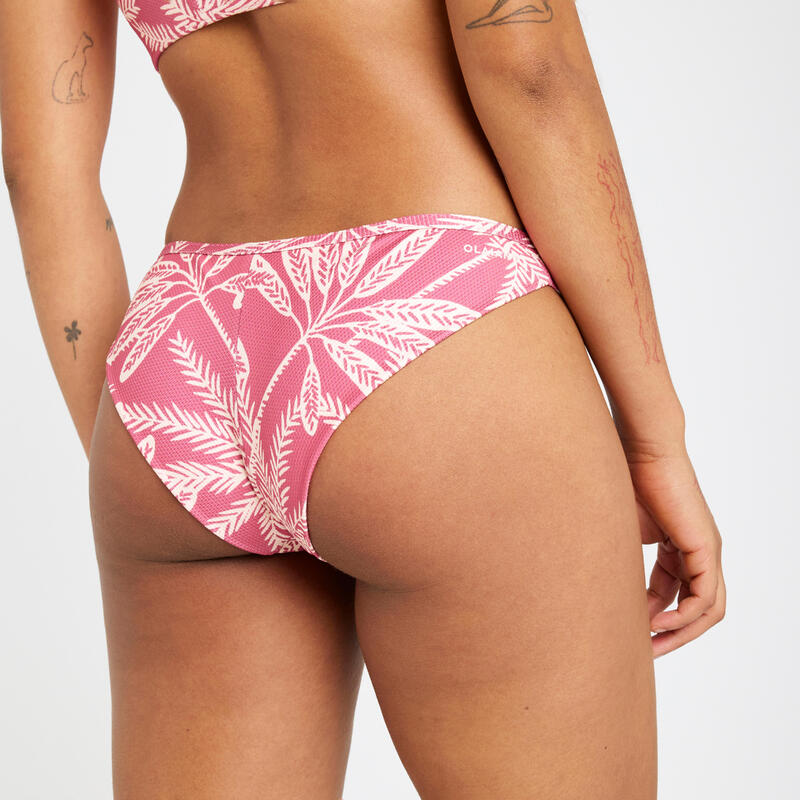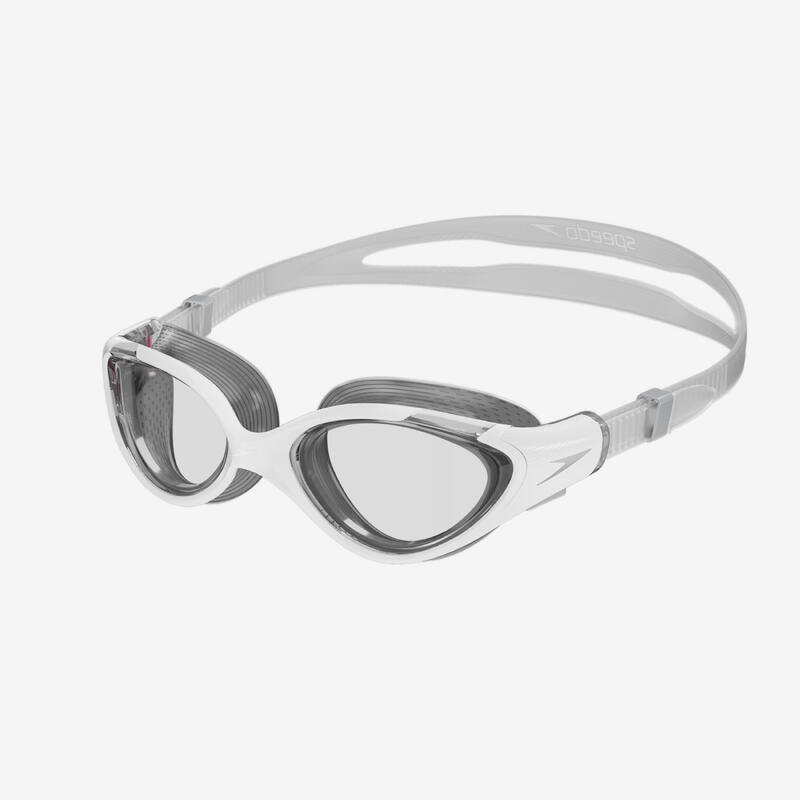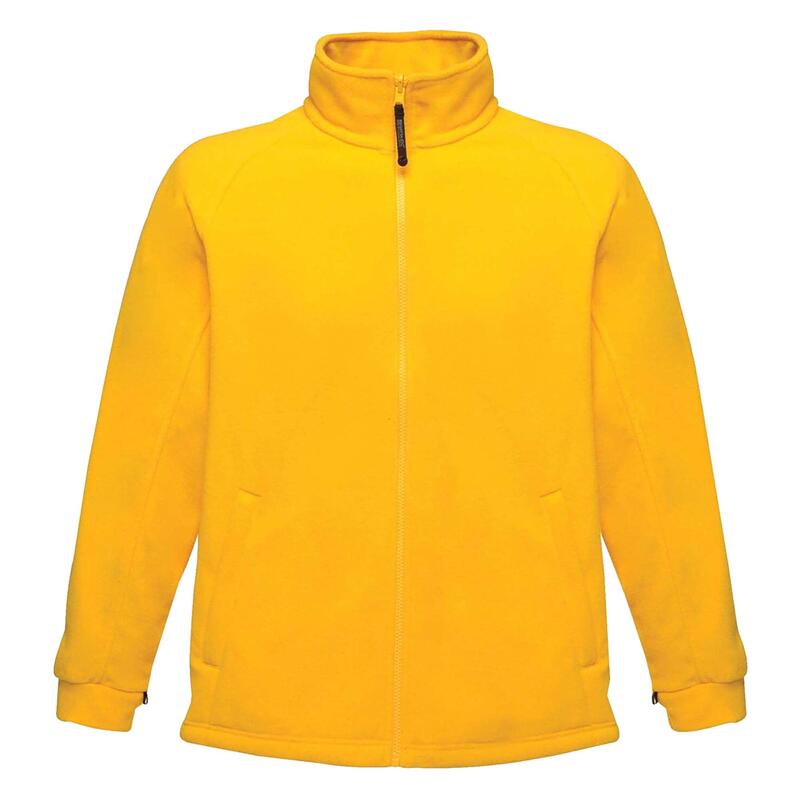Technical information
Fried sole
Poplar wood core 20 millimeter
Number of inserts: 2 x 12 (for bindings) + 2x5 (for other parts of the bindings)
DIRECTIONAL
Setback: 35 mm
Size 151 cm
Front width 288 mm, center 242 mm, rear 274 mm
Radius 7.9 m
Recommended stance: 530 mm.
Size 157 cm
Front width 297 mm, center 252 mm, rear 284 mm
Radius 8.5 m
Recommended stance: 560 mm.
Size 163 cm MidWide
Front width 305 mm, center 260 mm, rear 292 mm
Radius 9.2 m
Recommended stance :
What size splitboard to choose?
In general, for a splitboard, it's -15 to -20 cm in relation to its size.
_ choosing a board that's a little smaller (-20 cm to -25 cm) will make it lighter on the way up and easier to handle on the way down. It will be a little easier.
_ choosing a slightly bigger board (-15 to -10 cm) will give more stability at high speed, and more buoyancy in powder.
151cm (50 - 70 kg) => from 1m55 to 1m70
157cm (65 - 80 kg) => from 1m69 to 1m77
163cm (75 - 95 kg) => 1m76 to 1m90
Program and practice area
We wanted to develop a serious splitboard that looks like a freeride snowboard on the way down, without needing oversized thighs to pilot it.
_ on the way up, it's light underfoot (3.25 kg + 0.52 kg the pair of skins) and serious in its support even when the slope becomes steep,
_ on the way down, it will float you above the snow and remain maneuverable in the sapinous.
It will suit all experienced snowboarders.
Directional snowboarding
The shape of the board is directional, i.e. it has a front and a back. It is not symmetrical. The rear of the board is slightly narrower than the front, and the bindings and setback points are a little further back. A directional shape offers better grip during the turn, better control of the trajectory and more boost out of the curve.
Classic camber + rocker
We retain all the advantages of classic camber (thanks to the board's elasticity, classic camber acts like a spring to provide grip on all types of snow, dynamism in edge-to-edge transition and recovery on exit from turns) with the added benefits of rocker (under stress, the board's points of contact with the snow move closer together, making it easier to handle). The rocker lengthens and lifts the tip so that the powder flows more easily under the board.
Medium and versatile flex (6/10)
Flex is the stiffness of the board between front and rear. The Split 500's flex is around 6/10, which is medium and versatile. It provides healthy behavior in sharp turns, but also tolerance to edge errors.
Setback 35 mm
Setback is when the board's support points on the snow are not symmetrical with respect to the center of the board, but are shifted backwards. The bindings are then also shifted backwards by the same distance.
35 mm of setback = significant setback for directional boards. It provides better handling in curves and more lift in powder, since the weight is on the back of the board, so the front naturally lifts.
Glide quality: sintered sole
The soles are made of polyethylene, but using 2 different technical processes:
_ extruded sole, with a certain density of polyethylene,
_ sintered sole, with a higher density of polyethylene (fewer holes, more PE).
A sintered sole is the Rolls Royce of soles. The glide is really fantastic.
Which splitboard binding to choose?
Any splitboard binding will fit our Decathlon splitboard, as the number and position of the inserts are the same for all splits, regardless of brand.
It is also compatible with the Voilé splitboard kit (an interface between the splitboard and traditional bindings, allowing you to equip yourself at a lower cost).
4 bindings tested for you (1/2)
In our tests, we used 4 good bindings that we recommend:
_ Union - Expedition: very easy to assemble/adjust; very easy to switch to ascent/descent mode; ride feel very similar to a classic binding. Climbing wedge has only one position.
_ SparkR&D - Arc T1: very light; very easy to switch to ascent/descent mode. Screws a little fragile.
_ Karakoram - Connect reccon: very sturdy; very easy to switch to ascent/descent mode. A little heavy.
4 bindings tested for you (2/2)
Plum Feyan Carbon: very light, beautifully finished, very stiff. The lever for changing up/down position is a little hard to unlock.
We also tested the Veiled Kit, which lets you start out with any snowboard binding (except splitboard bindings!) and makes snowboarding really affordable.
On the other hand, it raises the binding and makes the whole thing heavier, but it's still a lot better than snowshoeing.
What should I do if I need to change the skins on my splitboard?
The 130MM SKI DE PHOQUE PEAUX DE RANDONNÉE À DÉCOUPER (8521279) from Decathlon fit perfectly.
There's a tiny angle between the skin clip and the splitboard's metal plate on the rear spatula, but with a little tension on the elastic, nothing moves.
What to do if Union hooks become loose?
If you notice a bit of daylight between the 2 skis of your split, don't worry, the Union hooks may have taken a bit of play, and we've come up with a self-adjusting version. All you need to do is:
_ Take a PZ2 Phillips screwdriver
_ Loosen the 8 screws holding the 4 metal Union hooks,
_ Re-glue the 2 skis of your split,
_ Clip the plastic Union hooks at both ends (make sure the 2 skis are aligned),
_ Retighten the 8 screws.
What to do if the Union (nose & tail) clips start to play up?
If you feel that the Union clips at the ends of your splitboard are becoming easier to clip, or even if they don't clip any more, then you need to tighten the male and female parts on either side of the ski.
This is important, because otherwise, on the way down, they can unclip and you end up with 2 vibrating and independent tips. It's very uncomfortable to pilot.
How do you switch your splitboard to the upright position?
_ remove the 2 bindings, and unclip the plastic hooks from the ends
_ invert the 2 "skis" (the right one goes to the left and the left one goes to the right) so that the hooks don't rub against each other on the way up
_ glue the skins
_ put the bindings back in the center (Caution: the buckles of the bindings are on the outside, otherwise they'll rub on the way up!).
How do I switch my splitboard to the downhill position?
_ remove the bindings without getting any snow underneath,
_ remove the skins, then stick them on the net to prevent them from getting dirty,
_ clean the snow from the 4 hooks, 4 pucks and 2 plastic clips, otherwise it's difficult to reassemble and the hooks may get stuck,
_ put the plastic clips back on, checking the alignment of the 2 "skis",
_ put the bindings back on (Caution: the buckles must still be on the outside)
_ tip the spoiler into the downhill position.
Recommendations for poles
For poles, we recommend a pair of Forclaz MT 500 poles, as they are very compact (36 cm folded) and fit into many touring ski or snowboard backpacks. It's so much better to have nothing sticking out of the bag for the descent.
It's a good idea to buy the big washers as well (KIT 2 RONDELLES BÂTON RANDONNÉE HIVER).
Recommendations for snowboard boots
Splitboard boots are available that allow you to bend your leg further back, so that you can lengthen your stride when climbing.
Classic boots will also do, but don't choose them too stiff, and ideally with differentiated tightening between the instep and the shin.
In our range of Decathlon snowboard boots, we recommend:
_ for men: All Road 500 / Endzone 500
_ for women: Serenity 500 / Endzone 500
Snowboard bag
To look after your beautiful split board (and your car covers), we recommend the Decathlon snowboard storage bag for regular use.
Board weight
151 cm: 3.00 kg +/- 6%
157 cm: 3.25 kg +/- 6%
163 cm MW: 3.40 kg +/- 6%
